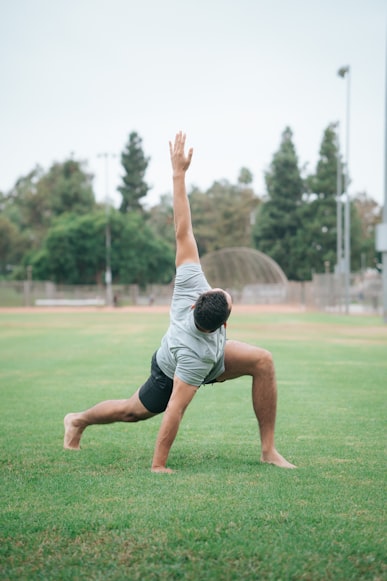
I am getting cranked up as I put the finishing touches on workouts for the upcoming 28 Day KB MRT Challenge 4.0. It is going to be a fun one!!
Wanted to share a sample from week 1 / workout 1 to give you a little preview.
This one combines an acending ladder with the EMOM format, it’s TOUGH – but you’ll have burned more calories than last time
with this one in around 18 minutes.
Also – applogies, we are little behind schedule on the tech side, but registration for this Challenge should now officially open tomorrow, Wednesday, June 1st:
#
28 Day KB MRT Challenge 4.0 – Week 1 / Workout 1
PART 1 – Set your timer for 60 second intervals. At the beginning of the first 60 second interval, perform the number of reps listed of the first exercise in the sequence. Your rest is the time from when you have completed all listed reps, until the next interval starts. Repeat for each exercise in the sequence. Rest for 60 seconds at the end of the sequence, repeat for three rounds total:
- 5 cross-body mountain climber burpees
- 10 one arm KB rows w/ 1 sec pause @ top per side
- 15 triple stop push ups
- 20 (10 per side) alternating reverse lunges – add weight if desired
- 25 kettlebell swings
#
The KB MRT Challenge is back, and this time it’s bigger and better than ever. This article provides an overview of the challenge and Week 1’s workout.
To participate in the challenge, stay tuned, a link will be sent out via email. We apologize for the delay in registration; please note that registration will open tomorrow, Wednesday, June 1st.
-Forest and the Team at KettlebellBasics.net





